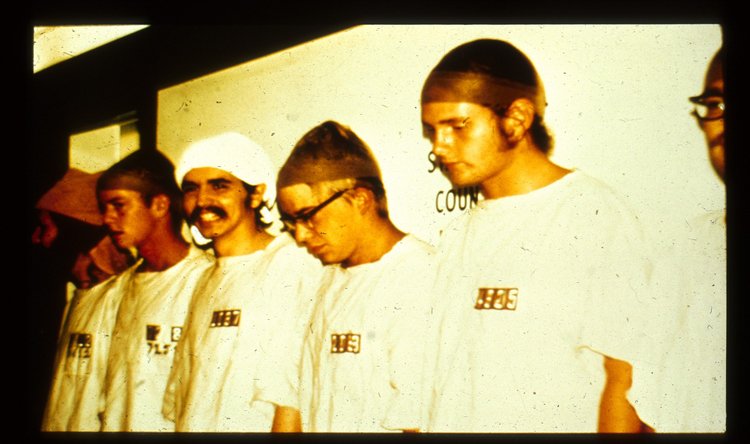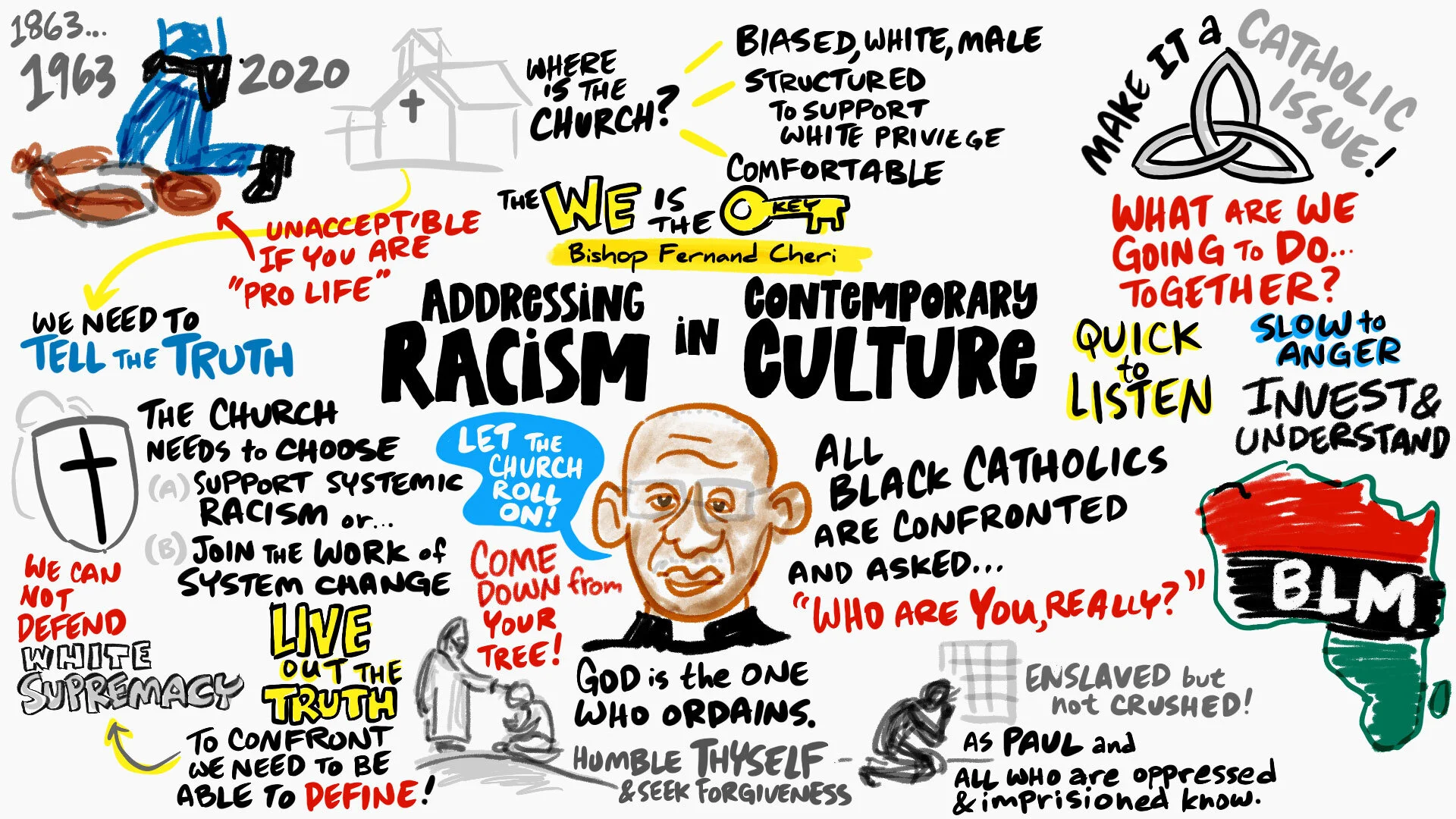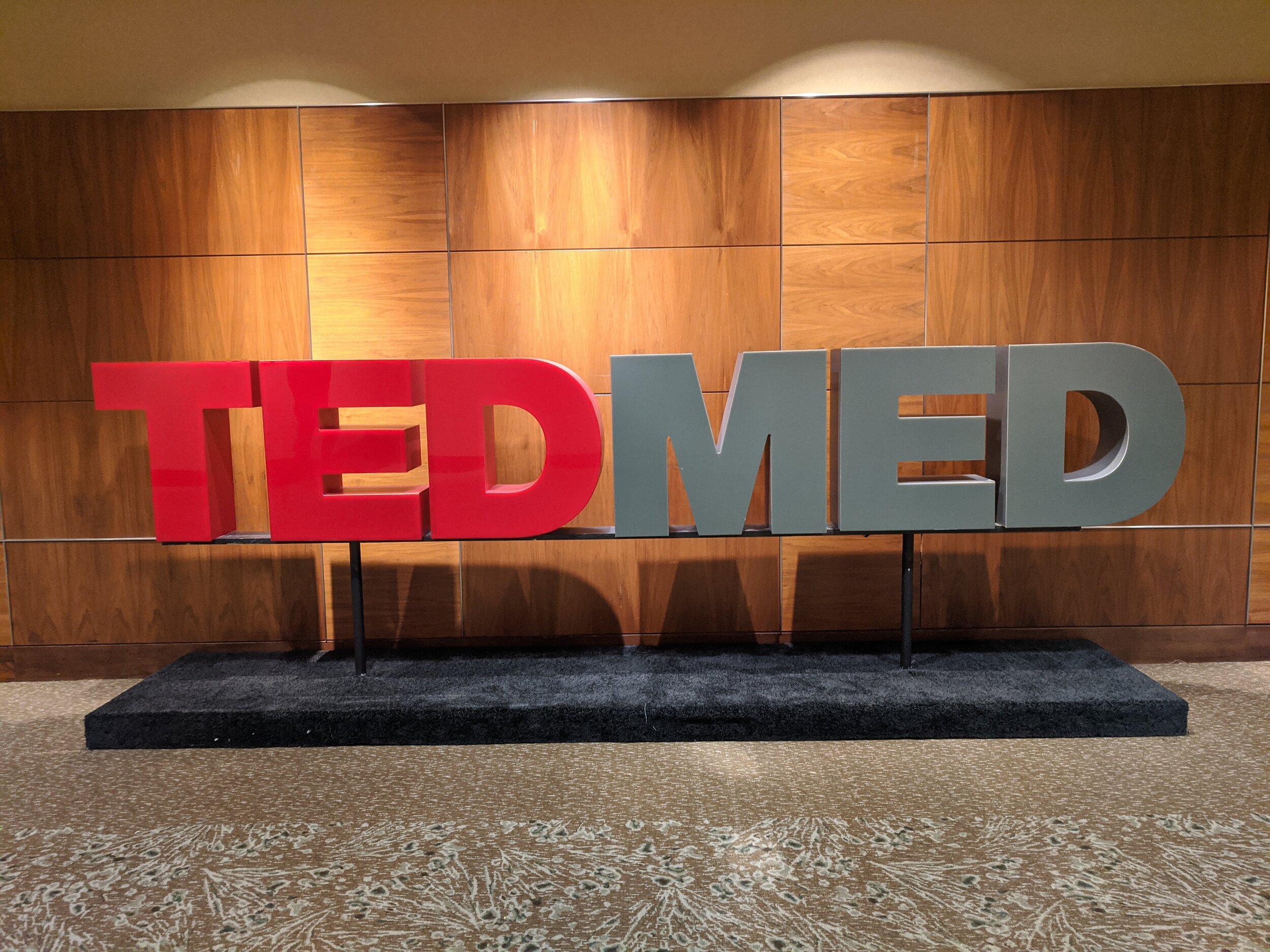Jorge Cham: Using PhD Comics To Close The Science Gap
/So, what is The Science Gap? It is this vast black hole between those people who dedicate a lifetime of research to understanding how the world works... well, and the rest of us, aka. "the general public".
In this 2012 talk at TEDxUCLA, Jorge Cham explore the public perception of scientists and academics, as well as how his collaboration with particle scientist Daniel Whiteson at CERN resulted in a viral video explaining the why and how of hunting for the Hicks Boson.
Jorge Cham is the creator of the online comic strip Piled Higher and Deeper (PHD) as well as the video channel PHD-TV. Born and raised in the Republic of Panama, he obtained his Ph.D. in Robotics from Stanford University and was an Instructor and Research Associate at Caltech before becoming a full-time cartoonist.
More at: jorgecham.com
(Thanks to Lynn Kearny for the link!)
[alert style="white"]  Alphachimp Learning Systems LLC works with firestarters, whizkids, restless geniuses & unreasonable people to explore new media, neuroscience, visual facilitation
Alphachimp Learning Systems LLC works with firestarters, whizkids, restless geniuses & unreasonable people to explore new media, neuroscience, visual facilitation
and the future of learning. Follow on Twitter @ChimpLearnGood[/alert]









